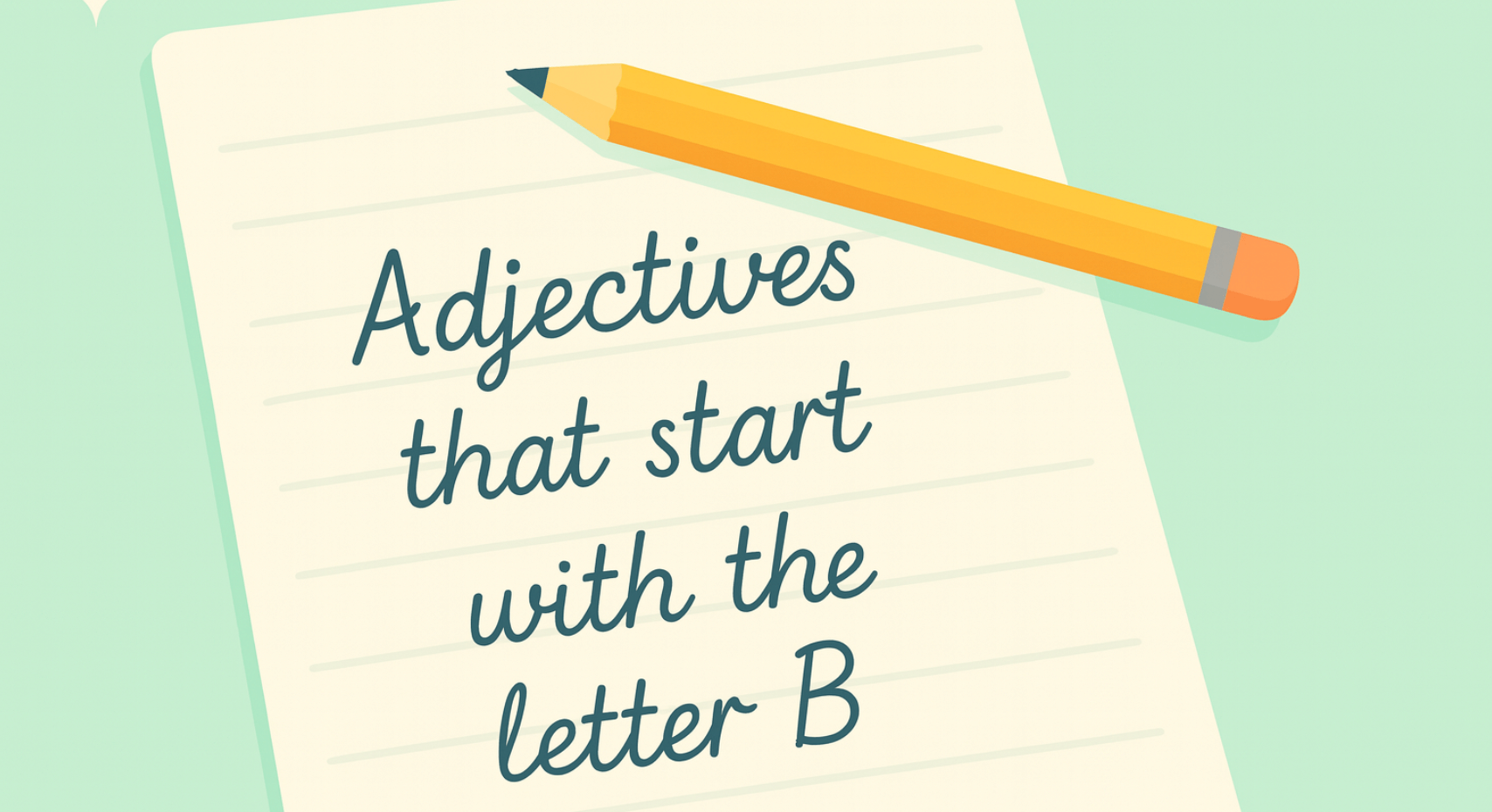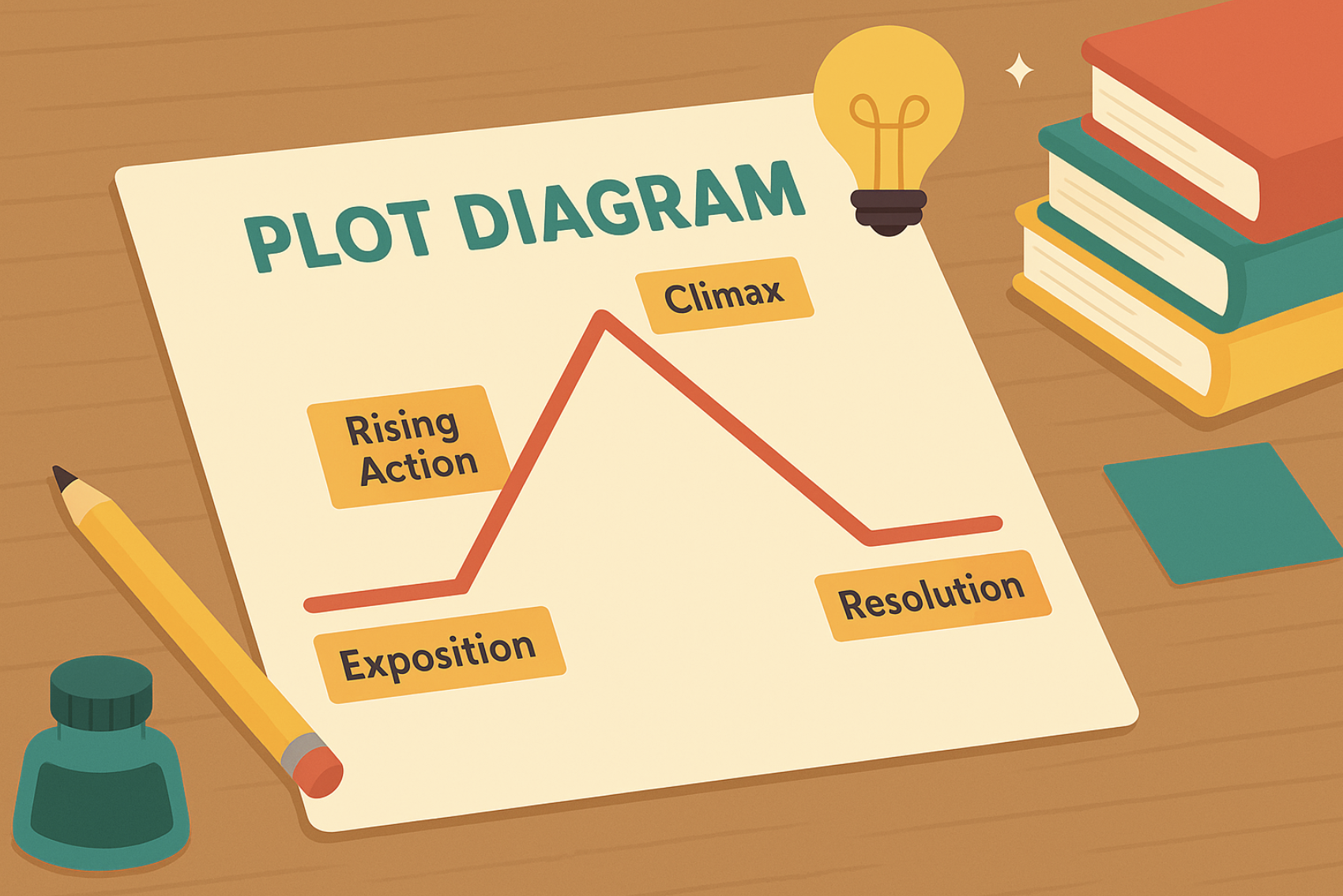
Writing epics isn’t just about stretching a story over a few hundred pages; it’s about crafting an epic. And while “epic” in storytelling calls to mind sprawling tales of heroes, conflicts, and worlds that feel as real as our own, it has another meaning in the world of Agile project management and agile methodology. There, an “epic” refers to a massive project broken down into smaller, manageable tasks that build toward success with a single goal—sound familiar?
Creating an epic in fiction is thrilling but also challenging. You’re not just writing a story; you’re constructing an entire journey that must captivate readers from start to finish. Readers are looking for a story worth investing in, one with satisfying subplots, compelling character arcs, and enough suspense to keep them turning pages. Just like Agile teams use sprints to build toward their goal, writers can use similar techniques to pace, develop, and sustain reader interest throughout the grand journey of a story. Let’s dive into how!
Defining Your Epic: Creating a Story Framework
Every epic starts with one big, bold idea—a story so grand it could fill worlds. But just as Agile teams break down a massive project into smaller, manageable “user stories” and “child stories,” you’ll need to break your epic into engaging segments that work together to create user stories that tell a cohesive tale. Think of how your epic delivers each chapter, plot twist, and character arc as its own “user story,” all contributing to the main event.
Crafting a long-form story without a roadmap is like trying to assemble a thousand-piece puzzle without the picture on the box. Sure, you might end up with something that resembles a story, but without a framework, it’s more likely to turn into a jumble of misplaced characters and forgotten subplots. The trick is to outline your story as a series of interconnected pieces that build toward the larger picture, placing just enough intrigue in each “piece” to keep readers motivated to solve the full puzzle.
Structuring Chapters Like Agile Project Management Epics and Sprints
In long-form fiction, chapters are the building blocks of your epic, much like sprints in Agile project management. For instance, an agile epic example could be developing a mobile app checkout flow, where each chapter serves as a sprint contributing to the final goal. Each one serves a distinct purpose, moving the story forward in manageable chunks while delivering just enough excitement to keep readers coming back for more. Think of each chapter of a good epic as a mini “sprint” toward the final goal, adding layers to your world, depth to your characters, and tension to your plot.
Just like Agile sprints, each chapter should deliver value to the reader. It could be a plot twist that raises the stakes, a revelation that deepens a character’s journey, or a moment that foreshadows future conflict. The key is to avoid “filler” chapters—those scenes that don’t push the story forward or reveal anything new. Instead, make each chapter a small, meaningful snack on the way to the epic feast, but still hungry for more.
Character Arcs as User Stories: Keeping Readers Hooked
In long-form fiction, each character’s journey can be thought of as an individual “user story,” a unique thread woven into the larger narrative tapestry of agile epic. In Agile methodology, creating epics involves planning and organization, much like crafting character arcs in long-form fiction. Just as user stories in Agile add depth and dimension to a project, character arcs add richness and complexity to your epic, making each person in the story feel essential to the whole. By grouping user stories and giving each key character a meaningful arc—a trajectory with growth, setbacks, and transformation—you ensure readers stay invested, eagerly following each twist and turn of their personal journey.
As you shape these arcs, remember: “Give all your user stories and characters an arc, not just a walk around the plot.” When readers can see and feel a character’s development and transformation, they become invested in the outcome, eager to know where the journey will take them. Through these smaller “user stories,” your epic gains not only depth but the emotional resonance needed to keep readers hooked from start to finish.
Conflict and Resolution: Setting and Meeting Reader Expectations (Acceptance Criteria)
In long-form fiction, conflict is the “acceptance criteria” that keeps readers hooked. When you write epics, it’s crucial to create a broad outline that encompasses multiple user stories, ensuring a clear project scope and delivery. Just as a project isn’t technically completed without meeting certain standards, a story isn’t satisfying without delivering on its tension and resolutions. Conflict drives the story forward, setting up expectations and challenges for the characters, while resolution offers satisfying payoffs that keep readers coming back for more.
Building tension is like dangling a carrot for your readers—they’re drawn in by the intrigue, the stakes, and the need to see what happens next. But to sustain engagement, it’s essential to balance tension with periodic resolutions. Each time a conflict is resolved it adds depth to the story and satisfies the reader’s craving for progress.
The trick is to create cycles of tension and resolution, so the narrative feels dynamic and fulfilling. Just when readers think they’ve gotten their “carrot,” introduce a new conflict or twist to keep them reaching forward. These moments of suspense and release create a rhythm that keeps the story engaging and ensures that each plot point feels meaningful like another milestone met on the journey.
Engaging Subplots as Secondary Epics
In an epic narrative, subplots are like smaller stories or epics running parallel to the main story. In Agile practices, product management plays a crucial role in managing workflows, much like how subplots support the main storyline in an epic narrative. These secondary storylines enrich the overall narrative, adding layers of intrigue and emotional depth that make the primary arc even more compelling.
A well-crafted subplot can be anything from a character’s personal struggle to a romantic tension, or even a mystery that unfolds alongside the main plot. For example, a hero’s journey to defeat a powerful villain may be the primary storyline, but a parallel subplot involving the hero’s strained relationship with a family member can create a secondary epic that adds complexity and relatability. This personal journey, though smaller in scope and scale, gives the reader another layer of emotional investment and helps them connect with the character on multiple levels.
The key is to integrate these subplots so they don’t feel like separate, unrelated stories but rather as essential elements that complement and enhance the main plot. When subplots are skillfully written and woven into the same epic, they provide readers with moments of respite, surprise, and deeper insight, all of which contribute to the epic’s overall impact.
World-Building and Setting: Crafting an Immersive Environment
Creating an epic isn’t just about the characters and plot; it’s also about the world they inhabit. World-building is the art of crafting a detailed and believable setting that transports your readers to new and exciting realms. Think of it as laying the foundation for your epic, much like an Agile team creates a comprehensive project plan before diving into the tasks.
To build an immersive environment, start with the geography. Describe the physical landscape of your world—are there towering mountains, sprawling forests, or bustling cities? Each location should feel distinct and alive, contributing to the overall atmosphere of your story. Next, consider the climate and weather patterns. Is your world a frozen tundra, a tropical paradise, or something in between?
Culture is another crucial element. Develop the customs, traditions, and values of the societies within your world. What do they celebrate? What are their taboos? These cultural details add depth and authenticity, making your world feel lived-in. Finally, weave in a rich history. Significant events, wars, and empires can provide context and background, enriching the narrative and giving your epic a sense of continuity.
Pacing the Story: Keeping the Momentum Going (Sprint Velocity)
Pacing in storytelling works like sprint velocity in Agile: it’s all about keeping things moving steadily without exhausting your audience. Just as product managers coordinate multiple teams in Agile projects, authors must balance various storylines to maintain a cohesive narrative. A well-paced story balances action and introspection, giving readers moments of excitement as well as time to reflect.
Just as Agile sprints maintain a rhythm to achieve consistent progress, each chapter should advance the plot in some way, keeping readers engaged. Too much introspection can slow the whole body of work down, but too much action can overwhelm readers. The key is steady progress—a rhythm that makes the journey feel purposeful, guiding readers smoothly toward the climax without losing momentum.
Managing Complexity: Balancing Multiple Storylines
Epic stories often involve multiple storylines, weaving together various threads to create a rich and complex narrative tapestry. Managing these storylines can be challenging, but with the right strategies, you can balance them effectively, much like an Agile project manager coordinates multiple teams working on different aspects of a project.
Start by creating a story map. Visualize your storylines and how they intersect, using a diagram or chart to keep track of key events and plot points. This will help you see the big picture and ensure that each storyline contributes to the overall narrative. Next, establish a timeline. Plot out the sequence of events, noting when and where each storyline converges or diverges. This will help you maintain continuity and avoid plot holes.
By managing complexity and balancing multiple storylines, you can create a rich and engaging epic that keeps your readers invested in every twist and turn.
Reader Feedback as an Agile Retrospective
In Agile, retrospectives are all about reflecting on what’s working and what needs adjusting—so why not apply this to writing? Reader feedback can be a goldmine for improvement, especially for serialized stories or book series. Think of your readers as beta testers for your epic masterpiece! Their customer feedback, comments, reviews, and insights can help you refine characters, adjust pacing, or even introduce new twists that keep them engaged.
For authors working on a series, feedback from each installment is invaluable. Not only does it offer a glimpse into what resonated with readers, but it also gives you and your development team a chance to fine-tune elements for future books. By treating feedback as a form of retrospective, you’re setting yourself up to deliver an even better story with each new release, building an experience that readers can’t wait to return to.
Writing a Lasting Legacy with Epics
Writing an epic isn’t just about filling pages—it’s about creating a journey that stays with readers long after they turn the final page. Crafting an epic offers a unique and rewarding experience for both the writer and the reader, drawing them into a world rich with characters, tension, and unforgettable moments. When done well, an epic becomes more than a story; it’s a legacy that resonates, a universe readers find themselves longing to return to.
So, take the plunge and start building your own epic. Think of each chapter, each character, as a piece of a world that will captivate and inspire. An epic isn’t just a story—it’s a world your readers won’t want to leave. Dive in, create, and write an epic that lets your story leave a legacy that readers can’t wait to explore. Think you’ve got an epic on your hands? Publish it with Spines for an easy and fast publishing process that will give you the product you’ve dreamed of. Start your epic journey today!








